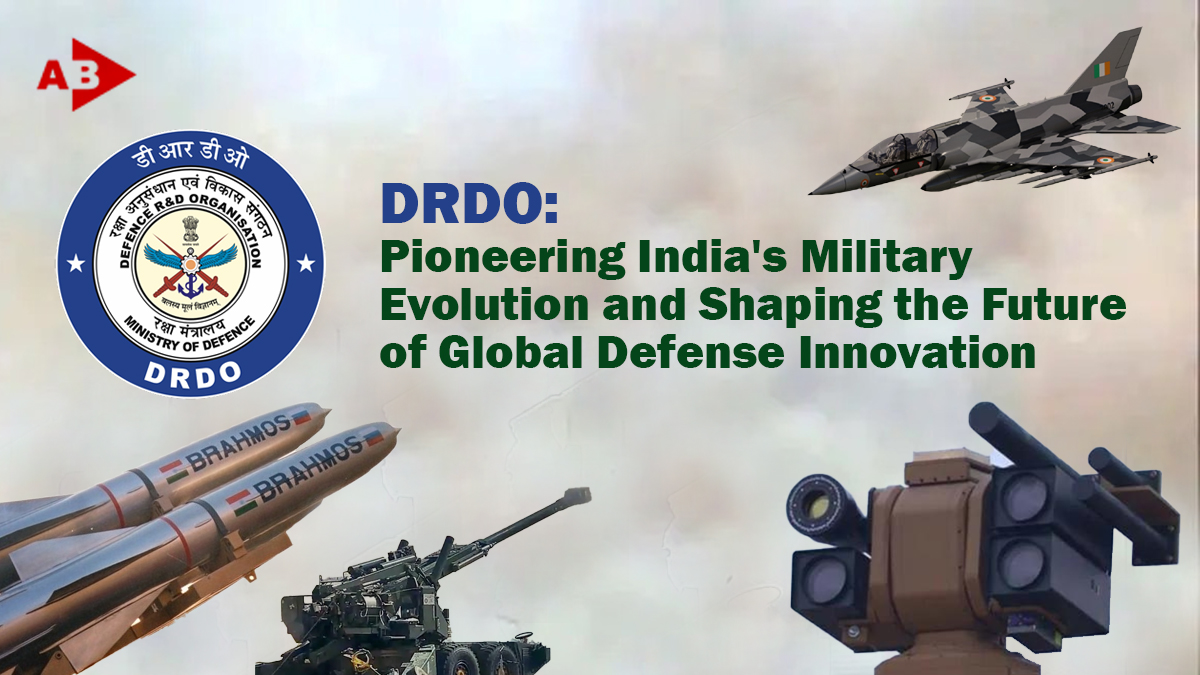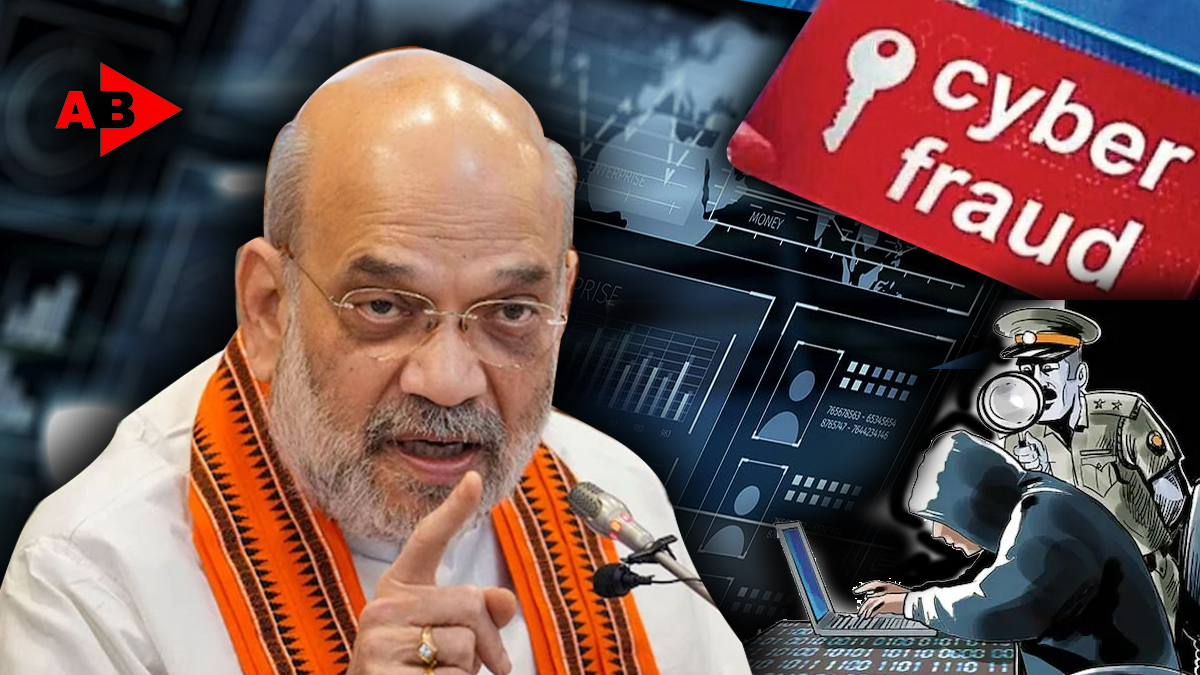
A significant milestone in defence capabilities as India successfully tests a hypersonic missile, enhancing its strategic deterrence with advanced technology.
India recently achieved a remarkable feat in defence technology with the successful testing of a hypersonic missile developed by DRDO. Capable of speeds five times that of sound and designed for nuclear payloads, this advancement strengthens India’s strategic capabilities and reinforces its commitment to self-reliance in defence. Discover more about DRDO’s role in India’s military evolution and its future in global defence innovations.
Jotirmoy Roy, AB News, New Delhi: Recently, India successfully tested a hypersonic missile off the coast of Odisha, marking a significant milestone in its defence capabilities. Capable of flying at speeds five times faster than sound, this advanced missile technology makes it extremely challenging to intercept and is currently possessed by only a handful of nations worldwide. Furthermore, this missile is designed to carry a nuclear payload, reinforcing India’s strategic deterrence capabilities. Developed by the Defence Research and Development Organization (DRDO), this achievement is considered a momentous success in India’s missile technology landscape.
DRDO: The Backbone of India’s Defence Development
DRDO, functioning under the Ministry of Defence, is the largest institution in India dedicated to the design and development of defence equipment. Its mandate encompasses the development of state-of-the-art sensors, radars, weapons, missiles, nuclear bombs, artillery, tanks, submarines, fighter aircraft, and all related components. Historically, DRDO played a pivotal role in India’s nuclear tests in 1974 and 1998 at Pokhran, overseeing the development of both atomic and hydrogen bombs.
With approximately 42 laboratories across the nation, DRDO employs thousands of scientists engaged in diverse research and development initiatives in various defence sectors. Notably, DRDO has established special laboratories focused on nurturing young talent, employing only engineers under the age of 35 to drive innovation and creativity.
A Spectrum of Achievements
DRDO’s reputation as a leader in defence technology is underscored by its production of a variety of modern missiles, including cruise, ballistic, intercontinental, supersonic, and hypersonic types. The organization has made significant strides in missile technology that surpass the capabilities of some developed nations. According to defence expert, the hypersonic missile India recently tested is part of a technology pool available only to five or six nations and its operational capacity is reportedly superior to similar systems in the U.S. and China.
However, despite its successes in missile technology, DRDO has shown limited capability in producing assault rifles, armored vehicles and advanced jet fighter engines. The indigenous light combat aircraft, Tejas, for example, still relies on engines sourced from the American company General Electric.
The Road to Self-Reliance in Defence Technology
The evolution of DRDO’s missile technology can be traced back to the 1980s, initiated under the leadership of Dr. A.P.J. Abdul Kalam. This period marked India’s movement towards greater defence autonomy, illustrating a resolve to reduce dependence on foreign technology. Following the nuclear tests in 1998 and subsequent sanctions imposed by Western nations, India’s drive for self-reliance gained momentum. DRDO’s trajectory since then has enabled it to develop an impressive array of missiles, including the Agni, Prithvi, Akash and BrahMos systems.
Exporting Defence Innovations
India has taken significant steps towards exporting its missile technology, having sold the Akash missile and the BrahMos missile to countries like Armenia and the Philippines, respectively. In the previous fiscal year, India exported defence equipment worth ₹21,000 crore, with ambitions to boost this figure to ₹50,000 crore within the next five years. The complexities of missile technology transfer, often regarded as classified and sensitive, underscore the significance of India’s self-sufficiency and innovations in this domain.
Conclusion: A Future of Independence and Innovation
The recent advancements in hypersonic missile technology by DRDO epitomize a transformative phase in India’s defence capabilities. With the successful testing of advanced missiles capable of carrying both conventional and nuclear warheads, India establishes itself as a formidable power in global defence. DRDO’s journey reflects not only the innovation and determination of its scientists but also India’s commitment to national security and technological independence against a backdrop of geopolitical complexities. As DRDO continues to evolve, its partnerships with private enterprises are likely to further enhance India’s defence production capabilities and global standing.
Disclaimer for Opinion Articles : The views expressed in this article are those of the author and do not necessarily reflect the official policy or position of any organization, institution, or government entity. The content of this article is intended for informational and educational purposes only and should not be construed as legal, financial or professional advice. While every effort has been made to ensure the accuracy and reliability of the information presented, the author and publisher assume no responsibility for errors, omissions or any consequences arising from the use of this information. Readers are encouraged to conduct their own research and seek professional guidance before making decisions based on the content of this article.


